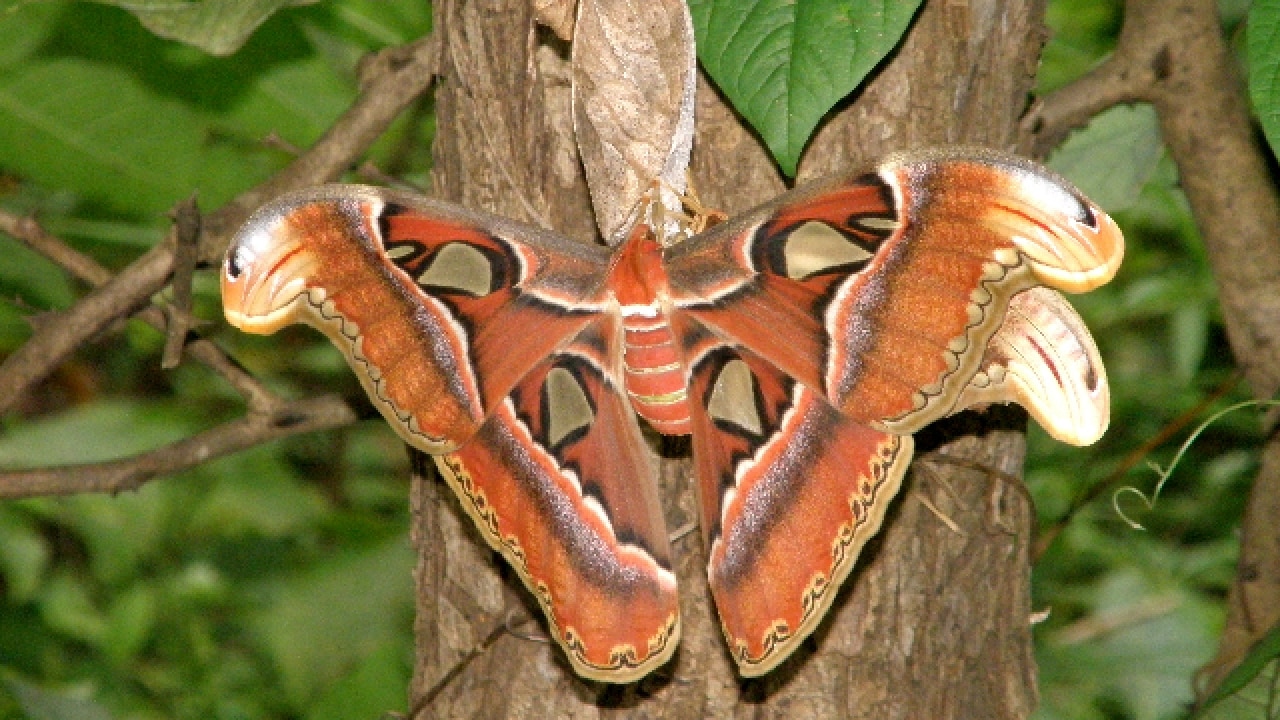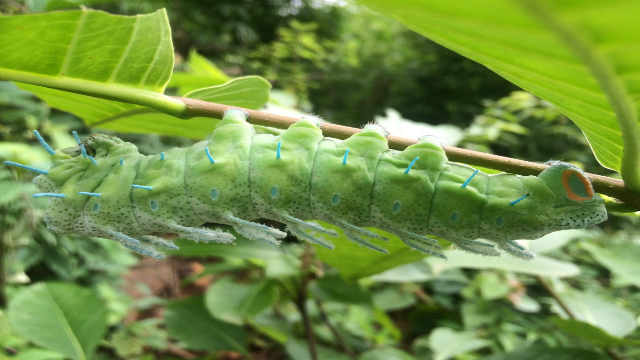
For those who want to see the gigantic Atlas moth – and not just in natural history books – Mumbai's Sanjay Gandhi National Park (SGNP) is the place to try your luck. With a wingspan that can be as much as 25-30 cm, several times larger than the average moth size of 5-7 cm, themonster moths are rarely sighted.
They struggle to survive and don't have along lifespan but the fortunate few can spot the giant moth at SGNP, one of the few national parks in the world within the periphery of a city. The unusually huge size of the Atlas moth makes it a special 'must see' in the biodiversity hub that is so loved by Mumbaikars for its fresh air, nature trails and the lake.

Atlas Moth in the caterpillar stage (Image by Poonam Katkar)
The best time to spot the Atlas moth, one of the largest in the world, is during the monsoons. The wings of an Atlas moth, found in the tropical and subtropical forests of Southeast Asia, have a total surface area 600 sq cm. It's called 'Atlas' because of the map like pattern on its wings. In some parts of the world like China, Malaysia and Indonesia, it is also known as the snake-head moth due to the peculiar marks on its tip that are reminiscent of a snake's head.
An adult Atlas moth lives for only a few days. During the short course of their life, adult moths have to mate and ensure they lay the eggs so the species can continue. Though massive, adult moths lack a well developed mouth or proboscis and they do not feed.
They feed voraciously on the host plant during the caterpillar stage, storing all the food that is required during their adult life. Due to their large size, these moths can't fly very far and are usually found close to their host plants.
Known as 'fagara', the silk produced by these moths, is brown in colour and in broken strands.
Atlas moth sightings are evidence of the healthy forest that is the SGNP. Apart from Mumbai, Atlas moths have also been found in Kolhapur as well as in the Tilari tropical forests in the Western Ghats and in the north eastern states of Assam and Tripura.